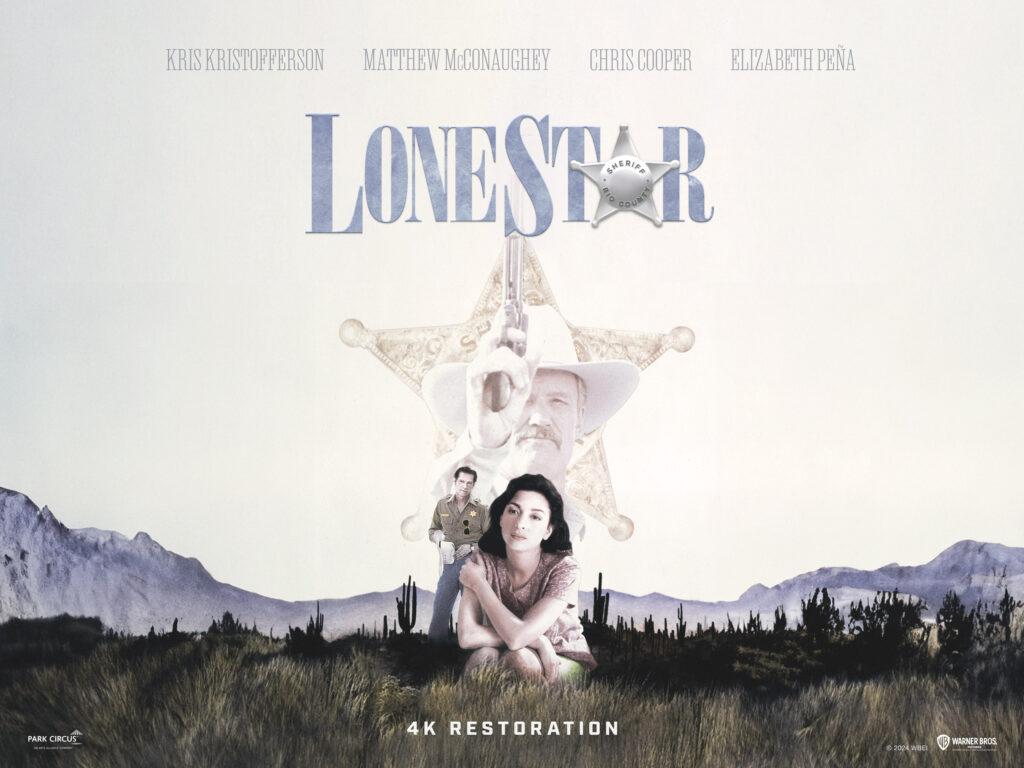
Storytelling in the bulk of genre cinema follows a singular protagonist’s perspective. It makes sense for actions and horrors to streamline the formula to ‘rebels vs empire’ or ‘teenagers vs serial killer’ and focus the direction on the set pieces, with critically acclaimed pictures implementing underlying themes for more engaged audience members.
Traditional Westerns are the embodiment of these traits. A man with no name strolls into town, sniffs out the corruption and wins the final shootout, saving the oppressed community plus an attractive damsel in distress. What happens afterwards is rarely explored because this straightforward tale has been wrapped up, thus the rest is unimportant.
Where nuance has come through is the role of Native Americans. Originally villainised, their plight for land reclamation (or protection of the land they’ve been ostracised to) garnered audiences’ sympathy and allowed writers to paint a richer, more accurate perspective when explored deliberately.
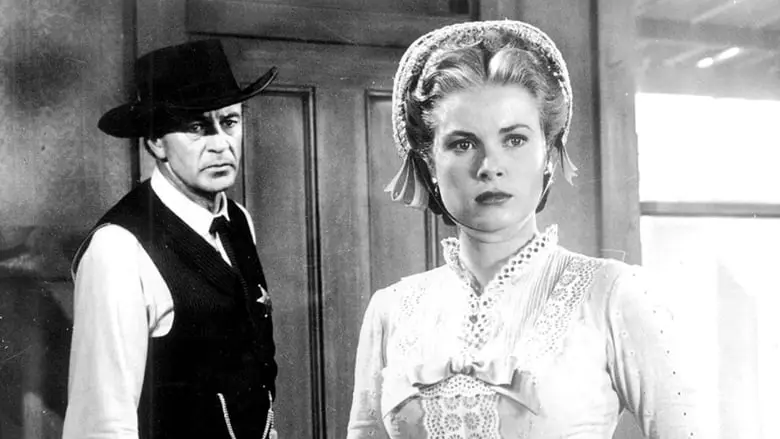
Ultimately though, the lasting image from these movies is of the white saviour cowboy. Stars like Clint Eastwood and Robert Redford have aided in mythologising them as handsome ruffian strangers with a DIY attitude to cleaning out scum off the streets.
This culture forms a strong element of the American Dream, with High Noon (1952) being the favourite film of three US presidents, and a 2nd amendment law being warped by NRA mouthpieces into “the only way to stop a bad guy with a gun is with a good guy with a gun”.
What’s fascinating is how these topics are explored in the neo-western genre, with John Sayles’ Lone Star (1996) covering nearly all bases.
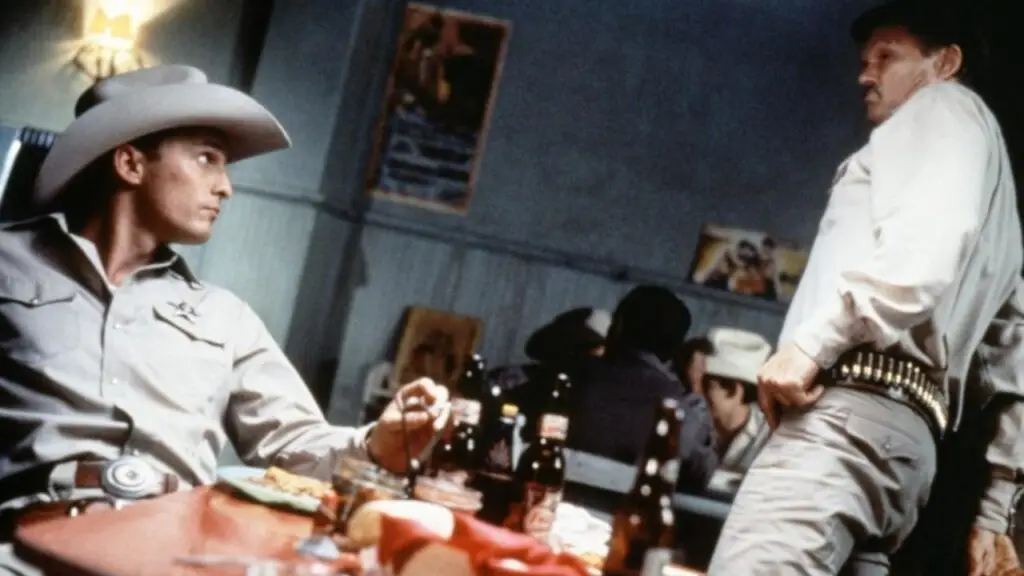
Digging up the past
This piece was prompted following the film’s new 4K restoration having its UK premiere at Cinema Rediscovered before I finally caught it on the big screen at FilmBath Festival – thanks to Jasmine and the team for inviting me to be a FilmBath Festival ambassador again.
After an unearthed skeleton in the desert is suspected to be a previous sheriff, lawman Sam Deeds (Chris Cooper) begins investigating the history of his hometown Rio County and its residents, including his late father Sheriff Buddy Deeds (Matthew McConaughey).
Digging up the past is always a sensitive topic, but the bitter pill for Sam is how everyone idolises Buddy. During the ceremony renaming the courthouse in Buddy’s honour, former deputy now mayor Hollis Pogue (Clifton James) shares an anecdote which describes his ex-partner as a “real Texan”.
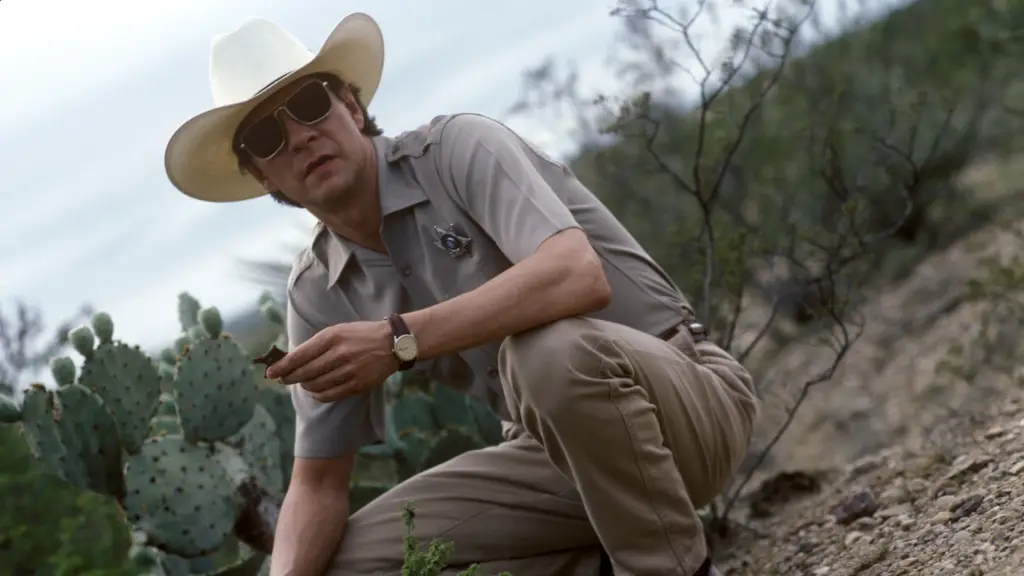
In comparison, Sam has been branded “all hat, no cattle”, even receiving the cutting line from retired bar owner Minnie (Beatrice Winde) “Sheriff Deeds is dead, honey. You’re just Sheriff Junior”.
Frequent eulogising of Sam’s father as a hero, and his mother as a saint, cast a pretty big shadow he’s unable to escape from. Despite minor indiscretions and mis-deeds, this worship from grateful citizens is simplified by Minnie’s successor Otis (Ron Canada) “I don’t recall a prisoner ever died in your daddy’s custody. I don’t recall a man in this county – Black, White, Mexican – who’d hesitate for a minute to call on Buddy Deeds to solve a problem”.
For what’s essentially The Job, something Sam has also abided by, it’s the contextual storytelling which has built such mythos. According to Hollis, Buddy came in as the new deputy, stood up to the brutally corrupt Sheriff Charlie Wade (Kris Kristofferson) and ran him out of town just like those old Westerns.
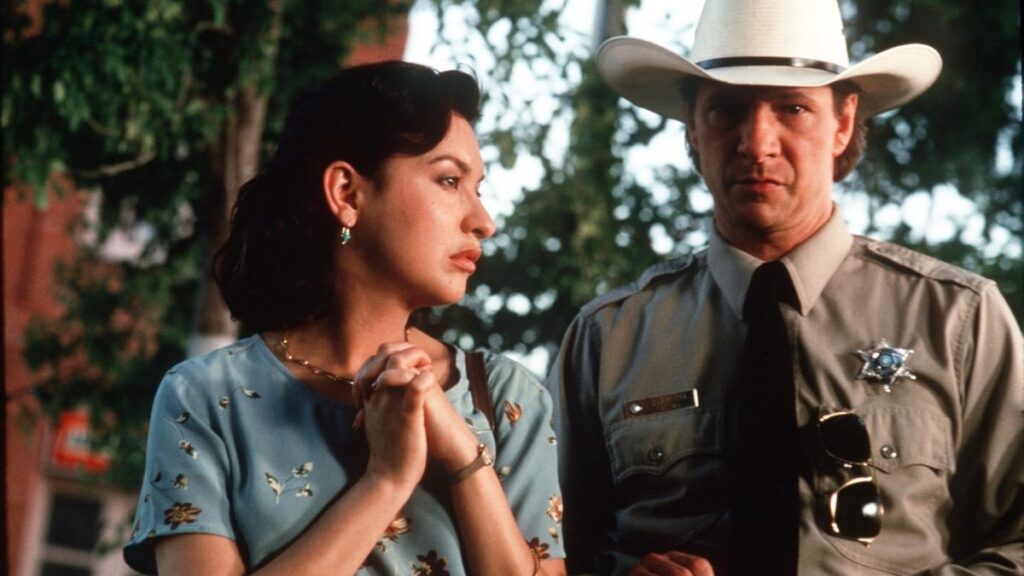
Pressure on the present
Charlie Wade’s despised hard-ass spirit – which, in turn, has also been mythologised – stokes the mix of nostalgia and posthumous adulation that rose-tints the past, highlights the cracks in modern society and equates Sam’s calmer demeanour to a lack of charisma.
All of these implications are reflected throughout the different elements within Rio County. Set on the Tex-Mex border, bartender Cody (Leo Burmester) claims Buddy was “the referee” to keeping intersectionality between different races, and now they’re facing a situation where white people will be the minority – the Mexicans were here first as Sam points out.
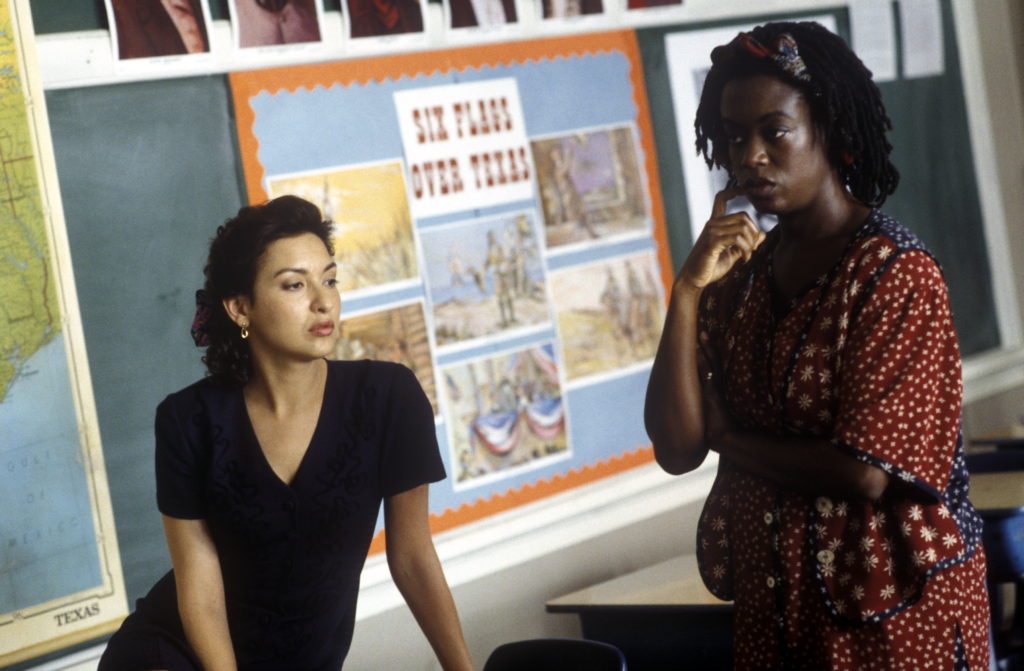
Headed by teacher Pilar Cruz (Elizabeth Peña), heated debates between parents rage on regarding what aspects of their history should be taught in class. “We’re just trying to present a more complete picture” is met by “And that has got to stop!” – no need to mention their ethnicities here.
Crime, immigration, politics etc., all of these talking points were prevalent under each sheriff, and their unique actions affected the town’s perception of them. Yet, the overall impact is minimalised significantly due to local government, another tangent expertly posed by Sayles.
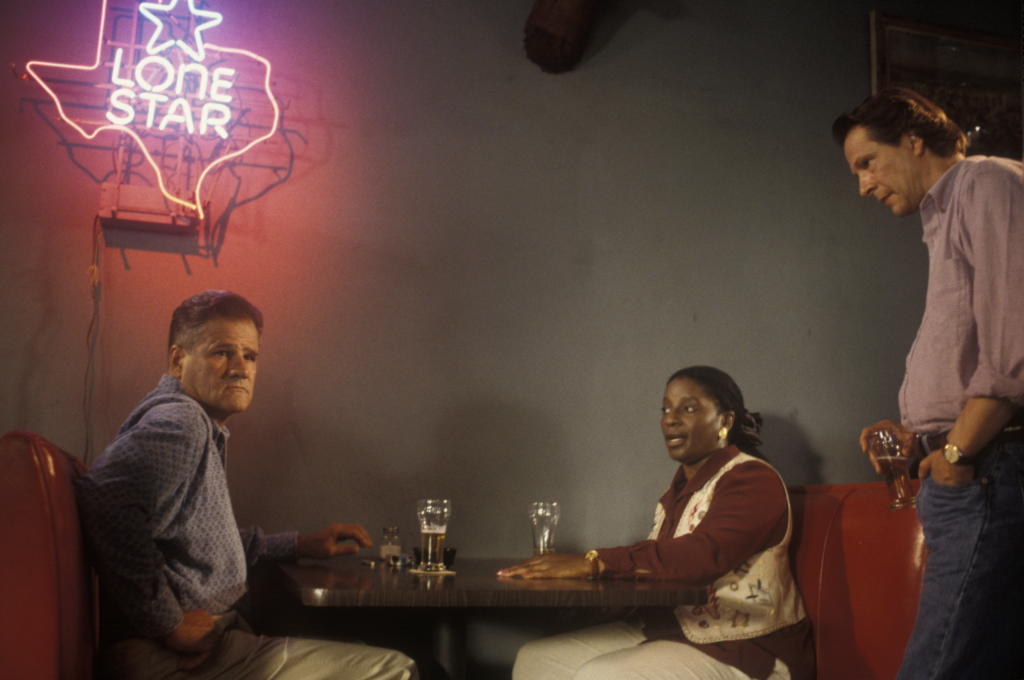
Therefore, aura and big moments rather than fair and honest work determine the narrative surrounding Charlie Wade, Buddy and Sam Deeds, defining who was the good, the bad and the ugly.
“It’s not like there’s a line between the good people and the bad people. It is not like you’re one or the other.” – Otis Payne